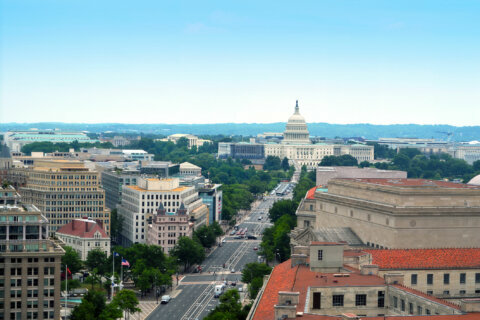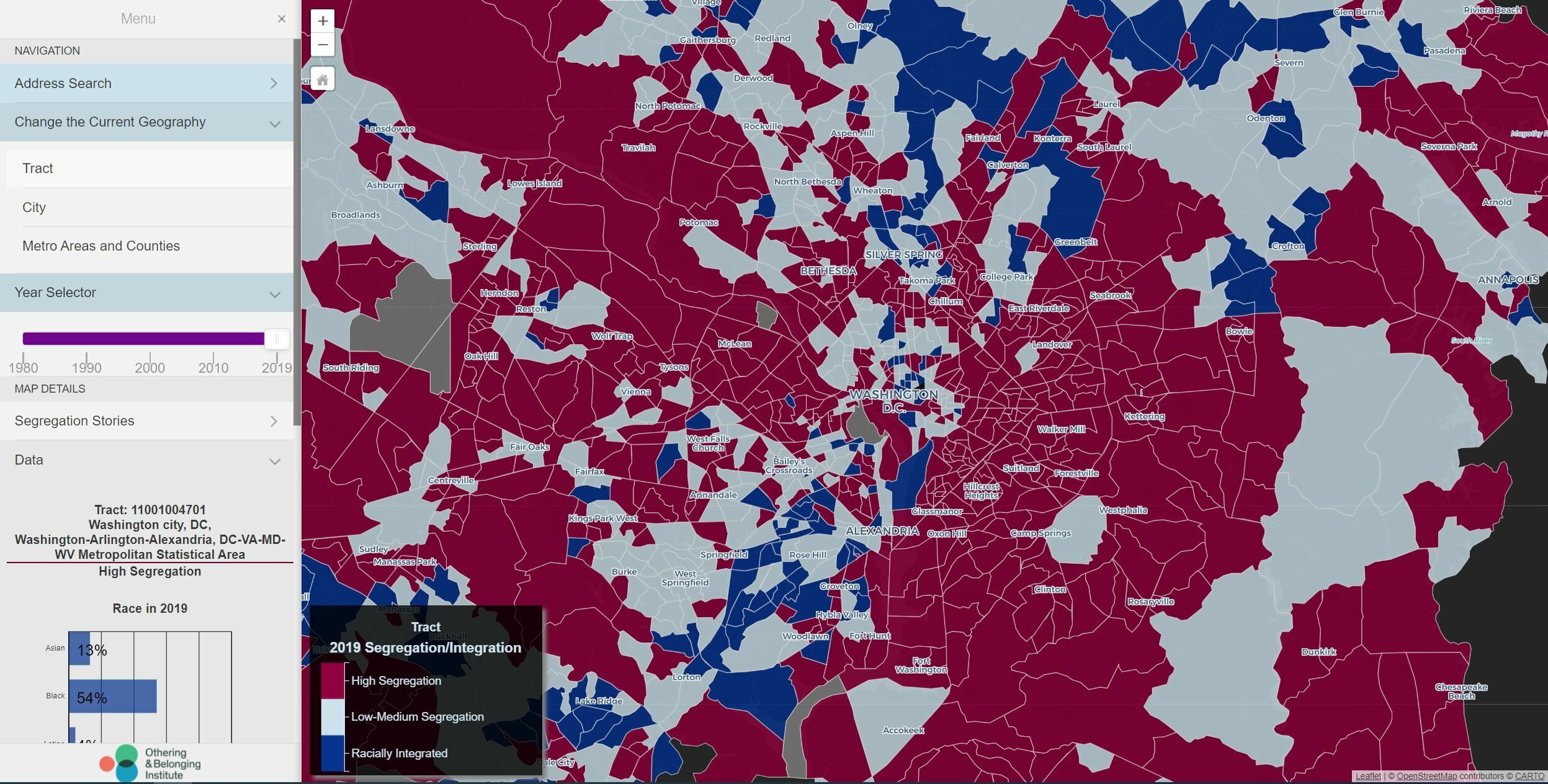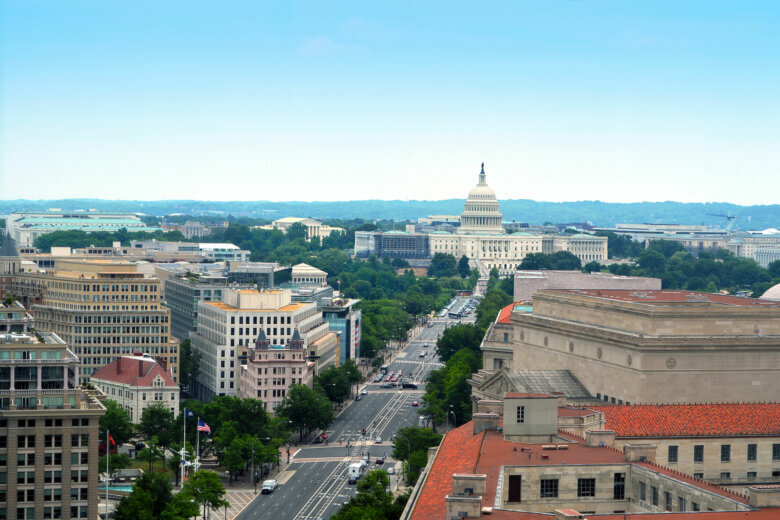
As diversity continues to rise across the D.C. region, a new study suggests racial segregation persists in the area and across much of the country.
The study, titled “The Roots of Structural Racism,” published Monday by the University of California, Berkeley’s Othering and Belonging Institute, found that 81% of regions in the U.S. with more than 200,000 residents were more segregated as of 2019 than they were in 1990.
When ranking the most racially segregated metropolitan regions nationwide, the D.C. region came in 15th, while the District itself was 22nd out of the most segregated American cities.
Researchers said cities in the industrial Midwest and mid-Atlantic “disproportionately make up the top 10 most segregated cities” listed, with Detroit ranking first in the nation.
Some other cities of interest in and near the mid-Atlantic area include:
- Newark, New Jersey (3rd)
- New York City (9th)
- Philadelphia (12th)
- Baltimore (29th)
- Richmond, Virginia (38th)
- Charlotte, North Carolina (43rd)
A full list of the most to least segregated cities as ranked by the study is available here.
The greater New York metropolitan area topped the list of most to least segregated metro regions, with the Baltimore-Towson area ranking 14th.
An interactive map of segregation and integration as of 2019 showed that while parts of D.C. — such as the neighborhoods of Adams Morgan, Columbia, Logan Circle, Shaw and Southwest Waterfront — are considered “racially integrated,” most of the city and surrounding jurisdictions in Maryland and Virginia appear to have “high segregation.”










